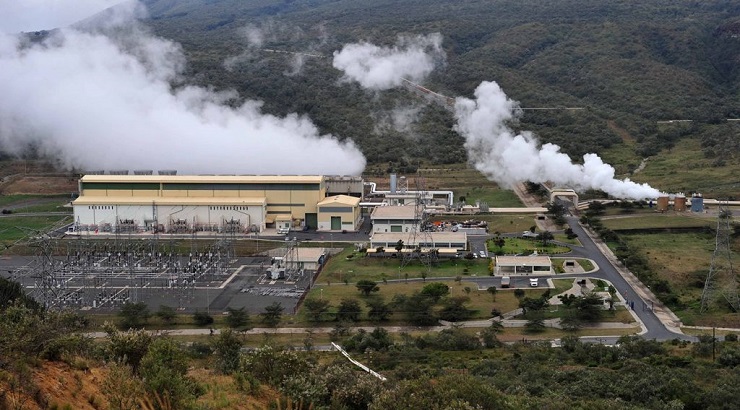Industry News
Geothermal, Solar to Power Kenya’s Next 40 Years
The total installed capacity of the two now stands at 1,119.13 MW.

Aggressive investment in solar and geothermal power has pushed the combined installed capacity of the two renewable energy sources to an all-time high of 1,119.13MW, a new report from the sector regulator has said.
The Energy and Petroleum Regulatory Authority (EPRA) says the capacity of the two power sources grew by 206MW in the year to June 2022 following the completion of three solar parks and a new geothermal unit in Olkaria.
“Geothermal and solar generation increased by 86MW and 120MW respectively,” EPRA said in its annual report released last week.
According to the regulator, the speedy growth was attributed to the addition to the grid of 40MW from the Malindi Solar Park, 40MW from Cedate Solar Park, 40MW from Selenkei Solar Park, and 86MW from the Olkaria 1 Unit 6.
EPRA further said Kenya’s total power generation capacity rose by 102.34MW to 3,074.34MW – an all-time high – as at June 2022, from 2,972MW a year earlier.
The figure would have been higher were it not for the retirement of Tsavo Power to ease pressure costs associated with the use of expensive thermal energy.
With an installed capacity of 170MW, solar now accounts for 5.5% of the total installed capacity, up from 3.3% in June 2021.
Geothermal, with an installed capacity of 949.13MW, now accounts for 30.8%.
Renewable energy sources
“As a result of investments made in developing the renewable energy sub-sector, 86.98% of the energy generated in Kenya is obtained from renewable energy sources,” EPRA director-general, Daniel Kiptoo, said in the report.
RELATED: UK Firm Inks Sh9bn Deal for 35MW Menengai Geothermal Plant
With more investments announced for the coming years, it is now evident that solar and geothermal will be Kenya’s main power sources over the next 40 years.
This is based on the fact that the useful lifetime of a typical solar plant is 25 to 40 years, according to the U.S. National Renewable Energy Laboratory, after which its production capacity decreases below its initial power output rating.
Likewise, geothermal resources operate optimally for 20 to 30 years after which their energy output may decrease significantly with time – making continued development uneconomical.
Leading Kenya’s journey towards advancing renewable energy is the KenGen, which plans to scale up the deployment of renewable energy in the country by adding 3,000MW to the grid over the next 10 years.
Drilling opportunities
Managing director and CEO Abraham Serem recently said the state-controlled power producer will seek new geothermal drilling opportunities within the Tana River Basin and in the Rift Valley while expanding existing ones in Western Kenya.
“This new campaign will be driven largely by deploying up to 2,000MW drawn from geothermal and hydro sources as baseload power to stabilize country’s energy sources and diversifying away from expensive thermal sources,” he said.
RELATED: KenGen to Build Africa’s Biggest Wind Farm
So far, KenGen has only exploited 0.9GW of the 10GW geothermal potential.
The company is seeking to deliver 305MW of geothermal power, out of which 280MW will come from Olkaria and 25MW from Eburru Geothermal Plant, whose construction will start once it receives the necessary approvals.
KenGen says it will leverage new technology to upgrade its oldest geothermal power plant – 45MW Olkaria 1 – to raise its capacity to more than 60MW.












